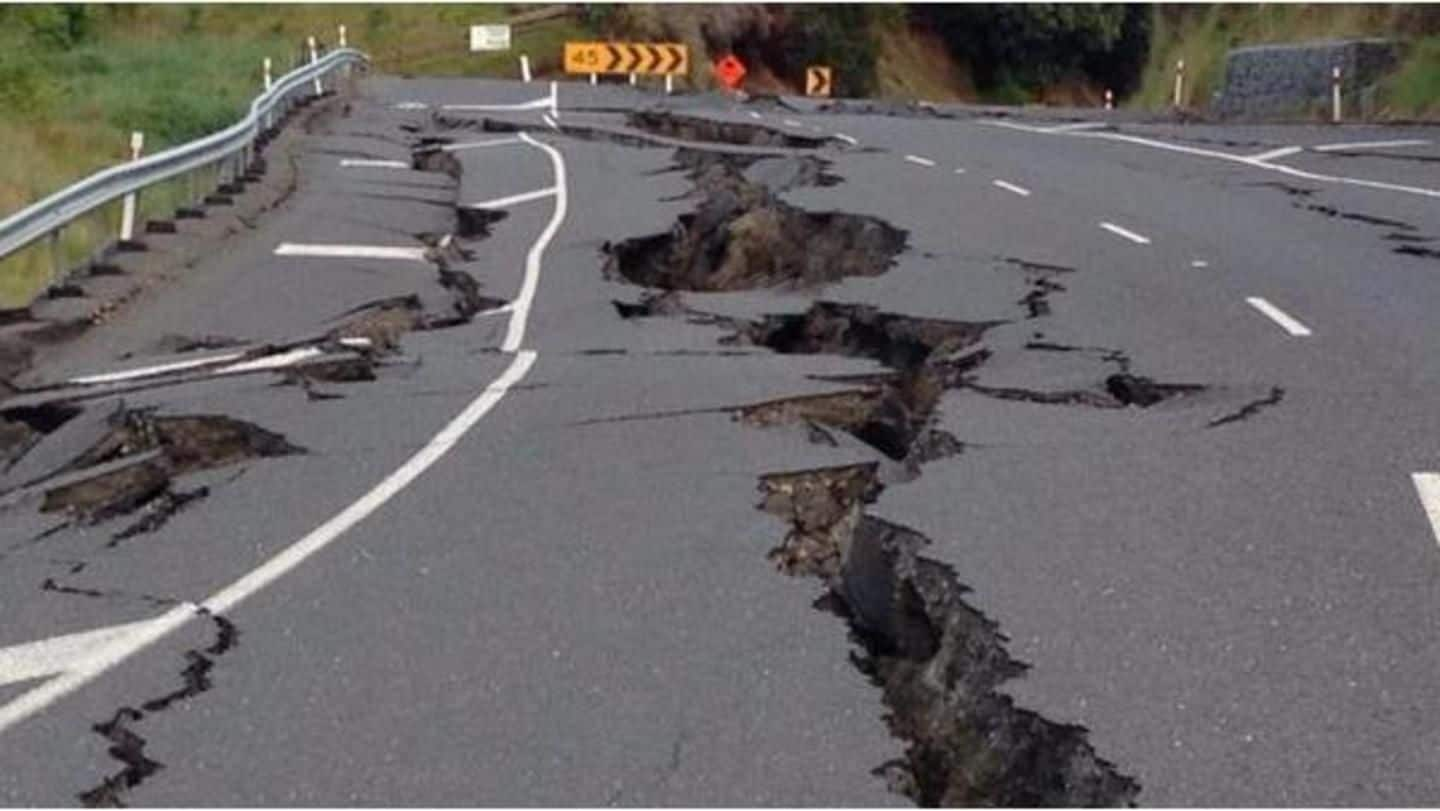
Now, machine learning can predict aftershocks that follow earthquakes
What's the story
In a significant advancement in earthquake prediction, scientists have found a way to calculate the pattern of aftershocks that follow an earthquake. Using machine learning to predict aftershocks, researchers from Harvard University found that the system was better and more accurate at aftershock prediction than extant prediction systems, none of which use machine learning. However, operational usefulness is still a while away. Here's more.
Origin
Researchers at Google had suggested using machine learning techniques
The research was spearheaded by Brendan Meade, a Professor of Earth and Planetary Sciences at Harvard University, and Phoebe DeVries, a post-doctoral fellow working with Meade. Intrigued by a suggestion from researchers at Google, the duo employed machine learning techniques to analyze a large database of earthquakes that had happened around the world. The result of their research was more than promising.
Quote
The results are "really exciting" says one co-author
"Aftershock forecasting in particular is a challenge that's well-suited to machine learning because there are so many physical phenomena that could influence aftershock behavior...I think we've really just scratched the surface of what could be done with aftershock forecasting...and that's really exciting," said DeVries.
Analysis
The neural network was trained on 131,000 sets of earthquakes
For their analysis, the duo trained a neural network on 131,000 sets of earthquakes which had happened in the past, including the devastating 2011 earthquake in Japan. Having trained the network, they then tested its predictions about aftershocks on 30,000 historical earthquakes, and compared the predictions with the actual aftershocks. "The neural network just did better," said DeVries.
Findings
The neural network could analyze multiple stress factors
Being a neural network, which is modelled on the processes of the human brain, the algorithm was able to explore many scenarios, rather than running linear calculations. The result was that the network was better at prediction than current prediction methods because it could analyze different kinds of stress resultant of a quake. For comparison, current models only consider one type of stress.
Advantages
How the system could help seismologists in future
According to US Geological Survey seismologist Dr. Elizabeth Cochran, the machine learning-based approach could save a lot of hassles for 'aftershock chasers' who travel to earthquake sites to place seismometers in the hopes of understanding a quake and future aftershock activity. An accurate prediction system, once developed, could help seismologists in a huge way as it would take away the need for grunt work.
Quote
Why the system is such an exciting innovation
"To me that type of machine learning is really exciting because that takes a huge amount of [processing] work off my plate, and I can get into the science of what's after," explained Dr. Cochran.